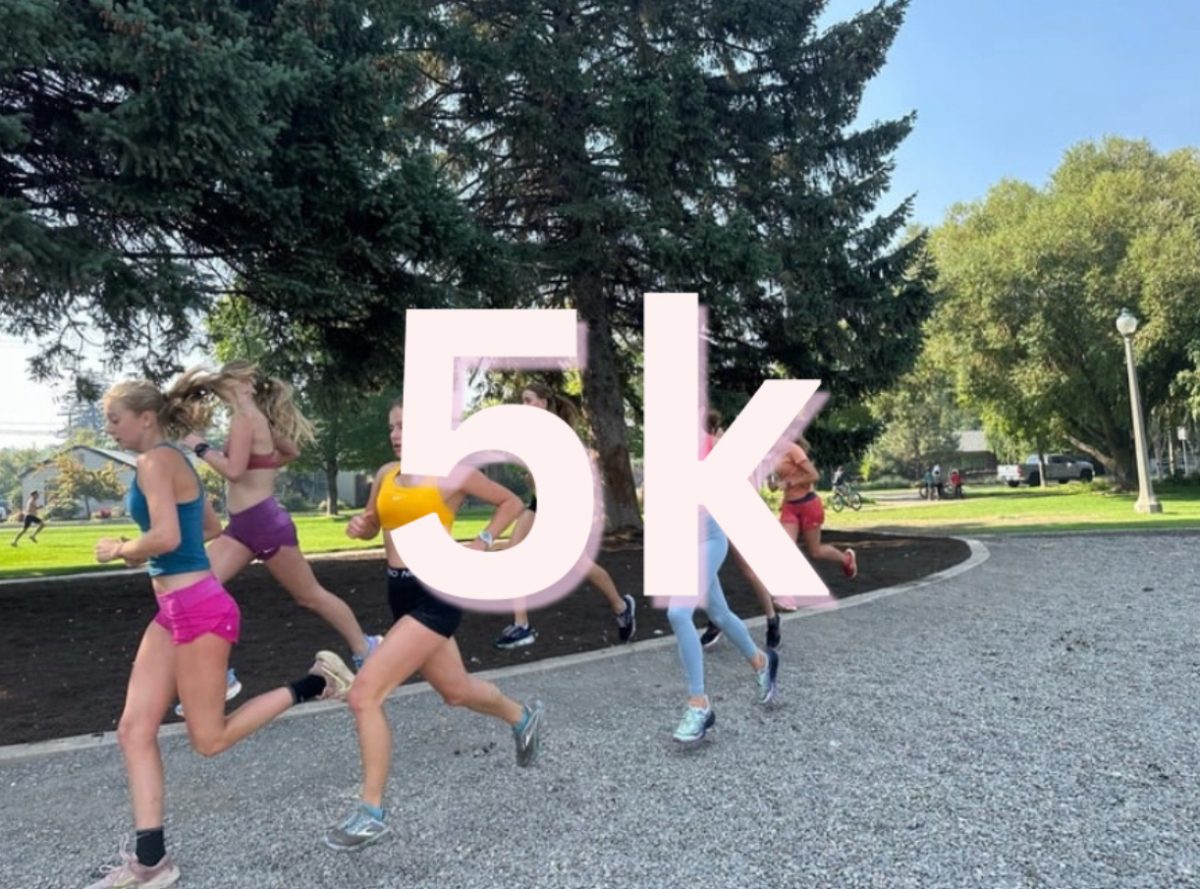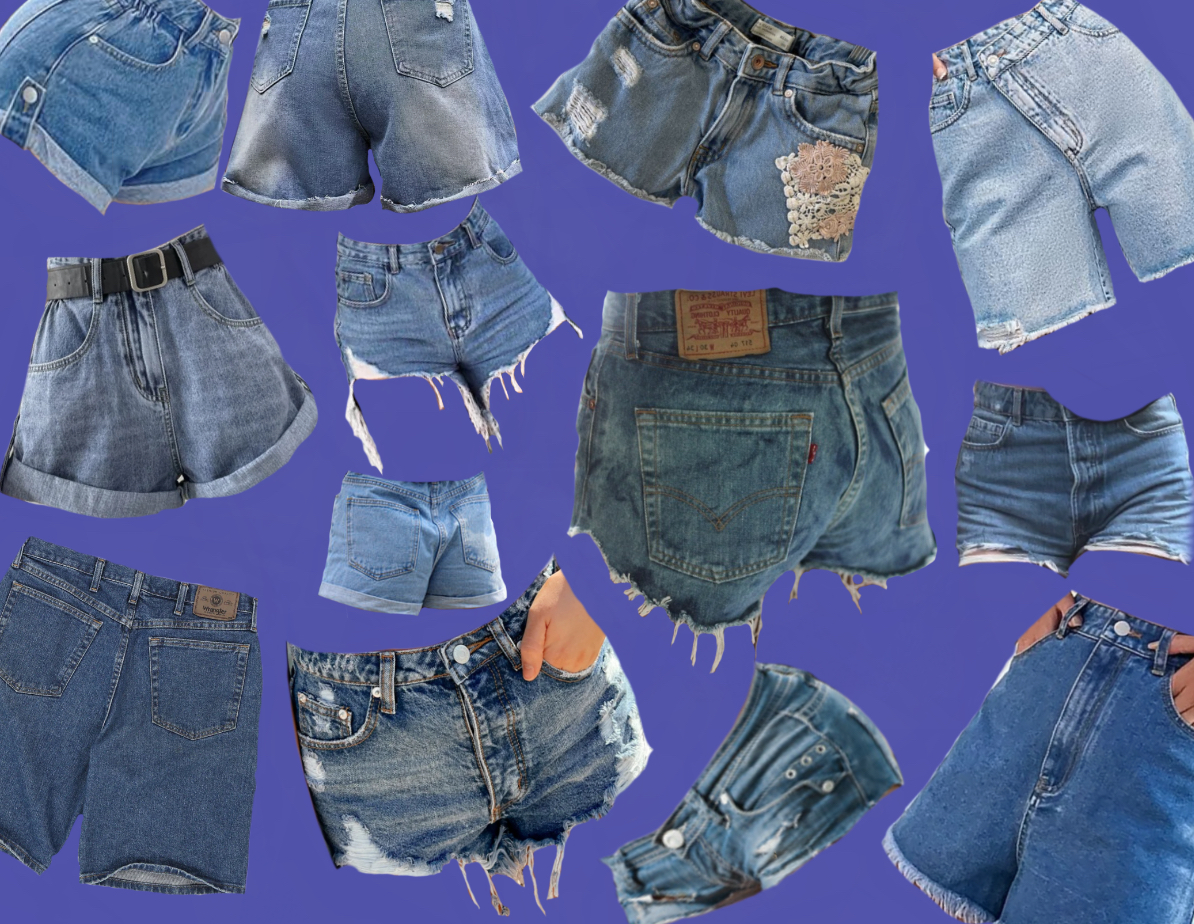The fitness community is growing at a faster rate than ever before. Brands such as Gymshark, using fitness influencer marketing, have amassed huge amounts of capital—Gymshark alone is valued at over 1.3 billion dollars. These influencers are being pushed heavily through apps such as instagram and TikTok. It only takes a few scrolls before a jacked person flexing their muscles pops up on your feed. Many of these influencers are so muscular and thin that one may wonder if it’s physically possible for them to achieve this look.
The simple answer is no, unless you take steroids.
Many of these so-called “fitness experts” who are being promoted by large fitness brands are using steroids to help boost their physiques. Steroids such as Trenbolone and SARMs have been getting increasingly popular in the weightlifting community. These steroids increase workout performance as well as decreasing the necessary rest time for muscles to recover, leading to an overall boost in muscle building. Infamously, these steroids also produce numerous negative side effects such as high blood pressure and increased heart and liver failure risk. The deaths of bodybuilders Zyzz and Rich Piana in 2011 and 2017, both from cardiovascular failure, are suspected to be linked to steroid use.
The negative health effects are not the only damaging effect of steroid use in the fitness community.
Following the COVID-19 shutdowns, adolescents are buying gym memberships and regularly working out more than ever before. You can’t walk into your local Planet Fitness without seeing multiple groups of teenagers huddling around a bench. This in and of itself is not a bad thing—it’s important for humans, especially growing adolescents, to get regular exercise. Weightlifting is one of the best forms of exercise and one of the easiest to consistently do.
However, most of these young gym goers are extremely impressionable. When they see an insanely muscular person on social media, comparison is inevitable. It’s almost impossible to not feel insecure about how you look when you’re constantly seeing people online who are fitter than you. This is made worse when you factor in that many of these fitness influencers are on steroids. Body standard expectations are already high enough due to social media, and when steroids are added, it drives them up even higher.
Adolescents constantly see people who are more muscular than they could ever be naturally without knowing that these “fitness experts” are on steroids. Consequently, body dysmorphia is on the rise among young men, which can lead to other mental illnesses such as eating disorders and depression. It also leads to many adolescents trying steroids to look like their favorite gym rats. Nate Miller, a frequent gym goer at Summit, feels that social media is a leading cause in this rise of body dysmorphia.
“I don’t feel as insecure about my body because I don’t have social media,” said Miller. “I’m not constantly comparing myself to others and can focus on improving my own health.”
Some bodybuilders even try to glamorize their steroid use and this negative side to weightlifting. TikToks stating that body dysmorphia is inevitable and even a necessary side effect to maintain a shredded physique gain thousands of views. Statements like these go against the fundamental reason to work out—improving your physical health—in favor of outward appearance.
To prevent many teenagers new to the weightlifting world from developing body dysmorphia and related disorders, big fitness brands such as Gymshark must change their marketing strategy to stop promoting influencers that abuse steroids on their social media pages. It’s also the responsibility of social media apps to not promote steroid abusers on their platforms. Ethan Halter, a weightlifting senior at Summit, thinks that social media apps don’t do a good enough of a job regulating health content.
“Anybody can post a photo of them flexing in a mirror and label it as fitness education,” said Halter. “This leads to a community where you can’t tell natural from fake.”
Apps such as Instagram could put a health warning under posts to make viewers aware that what they’re seeing isn’t healthy. Regular drug tests should be handed out to the top influencers to help regulate who is being promoted. This way social media apps could also promote clean influencers who seek to create a community focused on achieving better health both physically and mentally.
This will help deter the unrealistic body image expectations created through steroid use on social media. In addition, fitness brands should promote influencers who are not at the “peak physique.” Healthy bodies can take many different forms, and by only promoting one type of body, you teach adolescents that to be healthy you have to look like the top 1% of humans. It’s also more encouraging for people who don’t workout to see people who aren’t shredded at the gym, as it makes them feel that the gym is a more welcoming place that they can feel comfortable in.
To create a more healthy fitness community it is critical to deplatform harmful influencers while promoting a more realistic and healthy lifestyle on social media. This way teenagers can get into fitness without feeling like there’s something wrong with their body.




















































